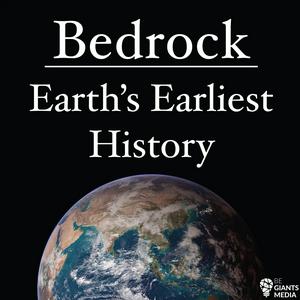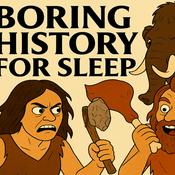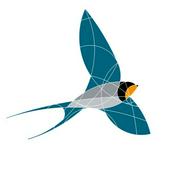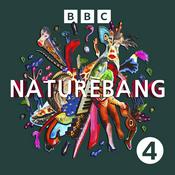71 afleveringen

51: The Latest News on the Oldest Life
17-12-2025 | 31 Min.
This episode, we focus on just one special boulder from the Greenland tundra, a rock that might have Earth's oldest fossils. Over the past 10 years, scientists from around the world have used the latest technology to reveal this rock's secrets, including research published this year. What have they found? Extra Credit: Make a time capsule or play a record.Patreon for monthly donations One-off donations

Bedrock Patreon Is Up Now!
10-12-2025 | 5 Min.
Visit patreon.com/bedrockpodcast for bonus perks like new episodes, voting rights, and topic selection! P.S. Thanks to a bad cold, both my voice and the audio quality are not on par today. P.P.S. The cold has also delayed Episode 51, which will be up later this week.

50: The Oldest Evidence for Life?
26-11-2025 | 42 Min.
Donate to support the show- anything is appreciated!Finally, 3.7 billion years ago, we reach some of the strongest evidence for life on Earth yet. It takes a while to find, and it only looks like a few dark crystals, but it's better than anything else we've seen so far. Along the way, we'll meet three scientists who helped define the quest for Earth's oldest fossils, including one of my old bosses.Extra Credit: Sharpen your pencils, spackle some cracks, or thank a mentor in your life.

50th Episode Fireside Chat: What's Next?
19-11-2025 | 15 Min.
In this casual chat, Dylan talks about the show's growth, the upcoming end of Season 2, a potential career shift to science communication, and other podcast recommendations. Thank you all for bringing this show to 50 episodes- here's to 50 more!Donate to support the show- anything is appreciated!

49: The Fossil Quest
05-11-2025 | 31 Min.
Many folks have claimed to find Earth's oldest fossils in the Greenland rocks, 3.7 billion years old. Before we meet and judge these contenders, we need to learn what counts as a fossil. This early in Earth history, nothing has any bones or teeth or shells, so researchers need to search for other clues. Today, I'll show you four ways to look for fossils in Earth's oldest rocks, including my personal field of study: fossilized bacteria. Extra Credit: Find different types of organic carbon in your day, or eat a burger.
Meer Wetenschap podcasts
Trending Wetenschap -podcasts
Over Bedrock: Earth's Earliest History
Luister naar Bedrock: Earth's Earliest History, Zimmerman en Space en vele andere podcasts van over de hele wereld met de radio.net-app

Ontvang de gratis radio.net app
- Zenders en podcasts om te bookmarken
- Streamen via Wi-Fi of Bluetooth
- Ondersteunt Carplay & Android Auto
- Veel andere app-functies
Ontvang de gratis radio.net app
- Zenders en podcasts om te bookmarken
- Streamen via Wi-Fi of Bluetooth
- Ondersteunt Carplay & Android Auto
- Veel andere app-functies


Bedrock: Earth's Earliest History
download de app,
luisteren.




































